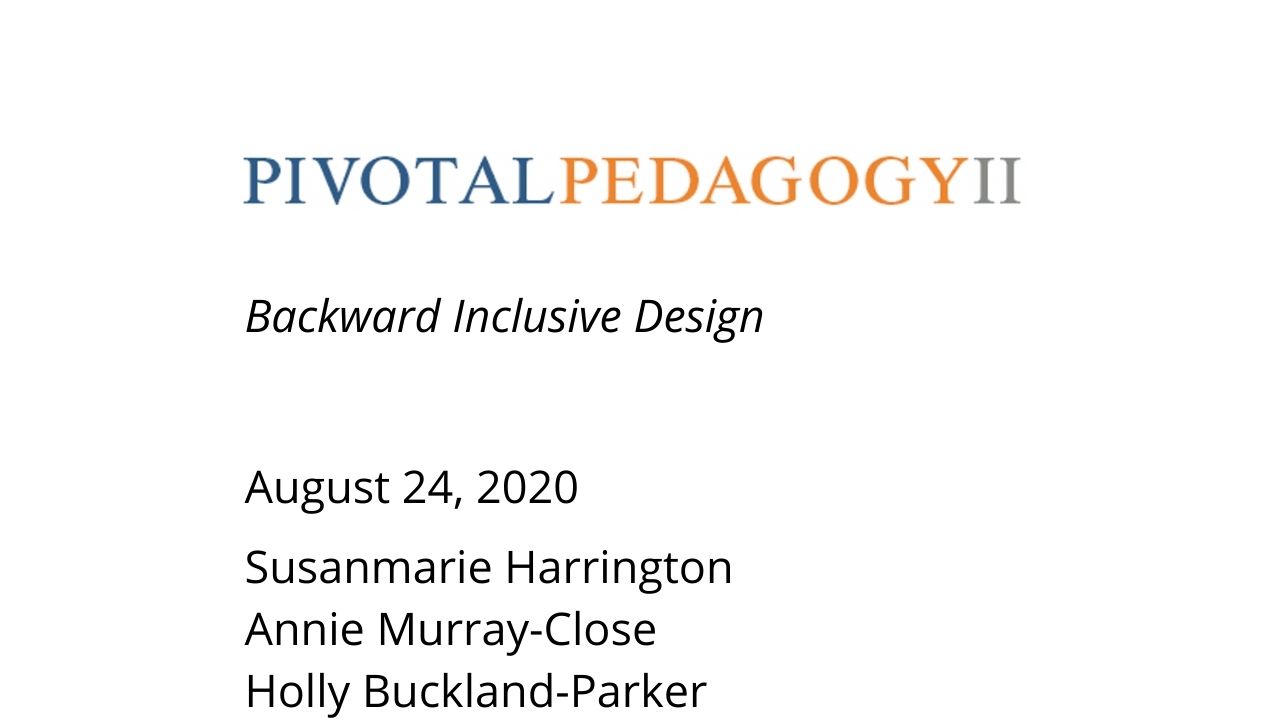Search Results
Results for: 'film and televisio'

Hi there! In this week's podcast we explore all things around Intuitive Eating. We delve into the principles of intuitive eating and how that may look different for everyone. By looking into personal stories and feelings around intuitive eating, w...

This workshop introduces broad principles for designing courses that are inclusive, flexible, and organized to align course goals, assignments, and assessments. By the end of this workshop, participants will have articulated well-formed goals fo...

Summer is here and for many sugar makers that means maple contest time. Entering syrup in a contest is a great way to show off your product, make sure your syrup meets grading standards and perhaps earn a class winner or best of show ribbon. There...

Vermont laws governing the production and sale of pure maple syrup grant the authority to regulate to the Vermont Agency of Agriculture Food and Markets. The regulations that have been developed as a result of those laws cover everything from the ...

Late summer, while leaves are still green is a good time to assess the trees in your sugarbush. Weak or declining individuals will show areas of crown dieback. Trees with more than 75% dieback will likely not survive but are still competing for li...

Traditional Collection Methods
Traditional methods of sap collection have changed over time. Initially, Native Americans created gashes in the stem, and directed sap into wooden or bark vessels. Early spouts were created by hollowing out small twigs, which were inserted into ta...

Maple sap, what's in it? Maple sap is a dilute solution of mainly water (95-99%) and sugar (1-5%), along with trace amounts of other substances, including: organic acids, free amino acids, protein, minerals, and phenolic compounds. Sap coming dire...